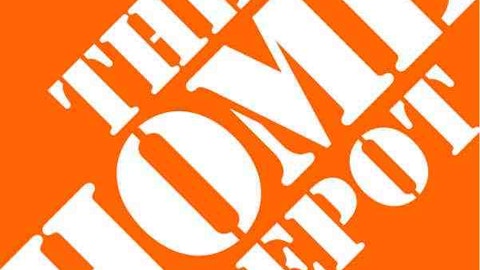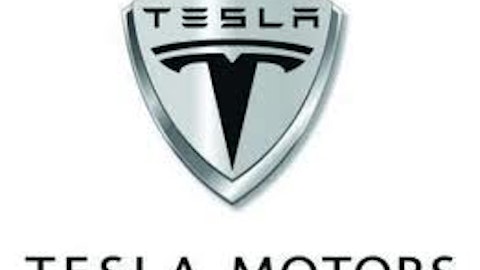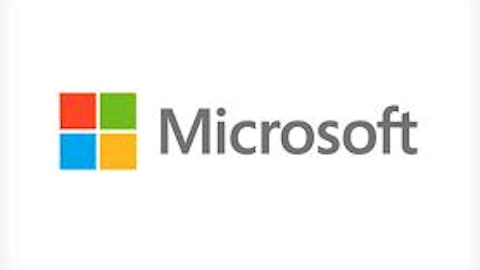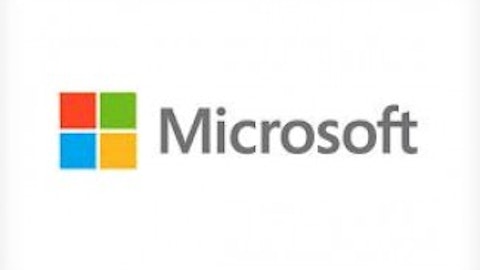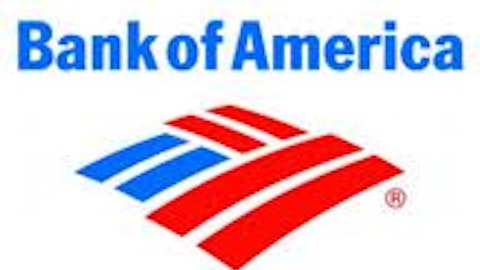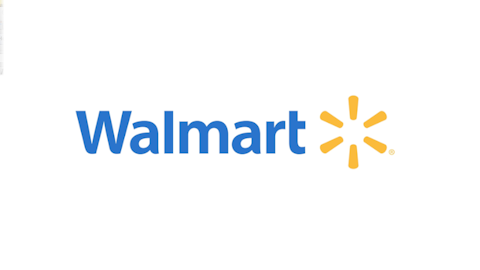The multinational Unilever plc (ADR) (NYSE:UL)’s growth was stymied by the Great Depression, and then by the outbreak of World War II, which prevented the company from capitalizing on its significant German operations. After the war, Unilever plc (ADR) (NYSE:UL) lost control of its interests in Eastern Europe as the Iron Curtain descended, but it continued to expand in the rest of the world nevertheless. Today, Unilever plc (ADR) (NYSE:UL) is the third-largest consumer packaged-goods company in the world, with a stable of brands that runs the gamut from its original soap and margarine foundations to Popsicles, Q-Tips, olive oil, deodorant, and iced tea.
Cash in hand
The first automatic teller machine in the United States started spitting out cash — two years after the first ATM in the world went online — outside a Chemical Bank in New York City on Sept. 2, 1969. Not only was it the first American ATM, but it was also the first ATM to use the now-familiar magnetic-stripe cards for account access. Wired has the story:
Don Wetzel, an executive at Docutel, a Dallas company that developed automated baggage-handling equipment, is generally credited as coming up with the idea for the modern ATM while standing in a bank line. Previous automated bank machines had allowed customers to make deposits, pay bills, or obtain automated cash — after purchasing a one-time voucher or card from a teller. The new device was the first in the United States to dispense cash using a mag-stripe card that didn’t require teller intervention.
For the time being, tellers had no need to fear for their jobs. At about $30,000 each ($178,000 in today’s buying power), the machines cost more than a teller’s annual salary.
And they could only dispense cash, not receive deposits or transfer money between accounts. Those features came with the 1971 version, called the Total Teller.
Today, there are more than 400,000 ATMs in the United States, and about 2.3 million ATMs around the world. American ATM users conduct more than 8 billion transactions worth at least $600 billion in cash each year. Chemical Bank continues to produce financial-industry innovations of a different sort today: You know it as JPMorgan Chase & Co. (NYSE:JPM), the largest bank in America.
The article The True Costs of the Largest Event in Human History originally appeared on Fool.com and is written by Alex Planes.
Fool contributor Alex Planes holds no financial position in any company mentioned here. Add him on Google+ or follow him on Twitter, @TMFBiggles, for more insight into markets, history, and technology.The Motley Fool recommends Unilever and owns shares of JPMorgan Chase & Co.
Copyright © 1995 – 2013 The Motley Fool, LLC. All rights reserved. The Motley Fool has a disclosure policy.
